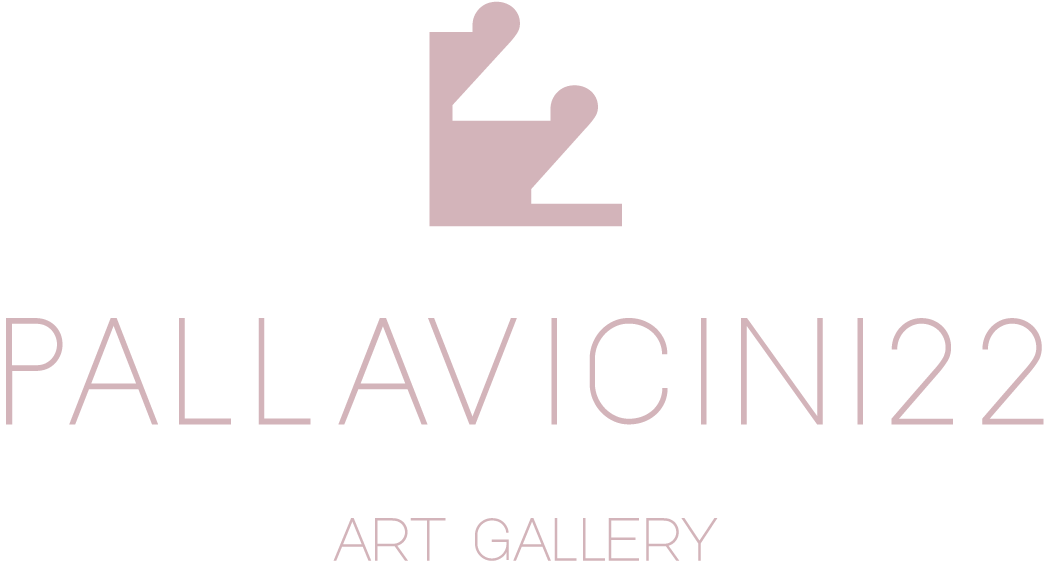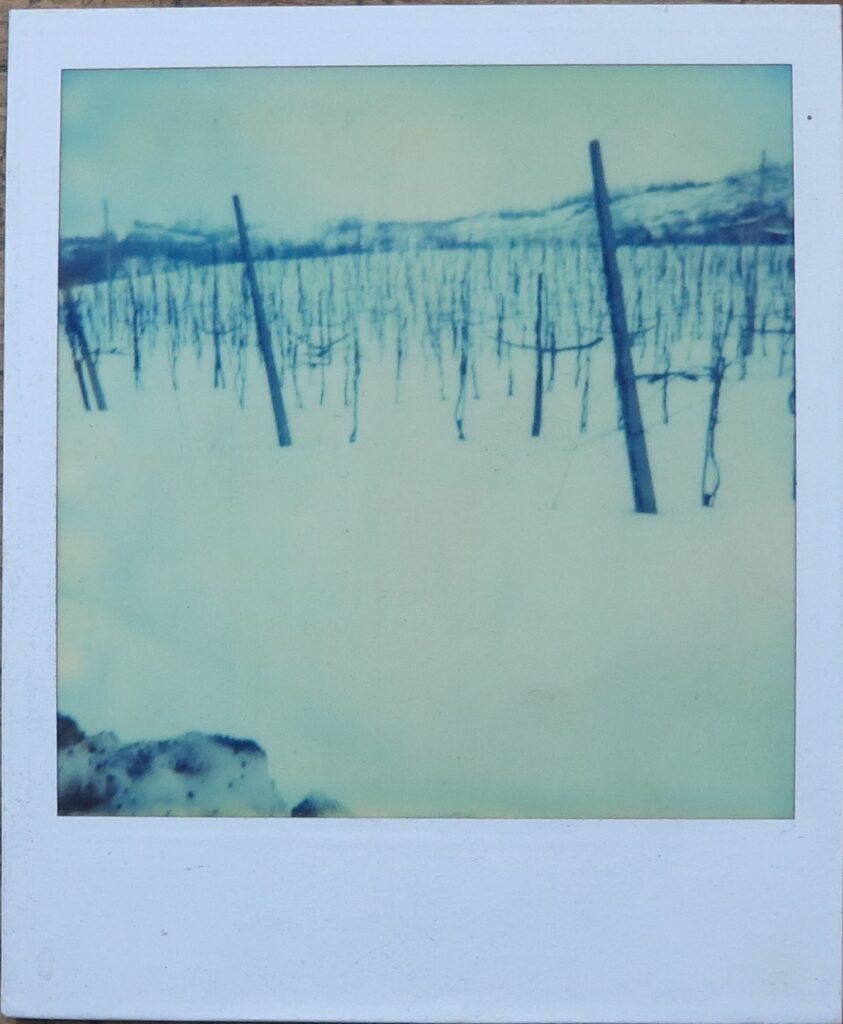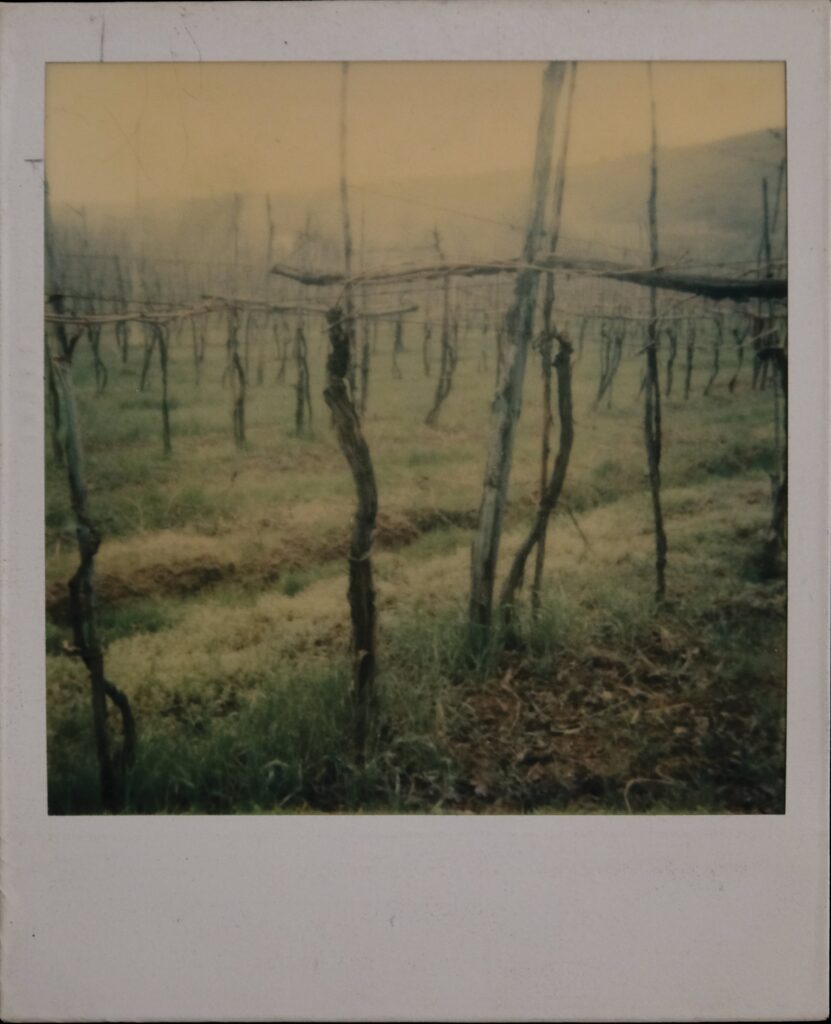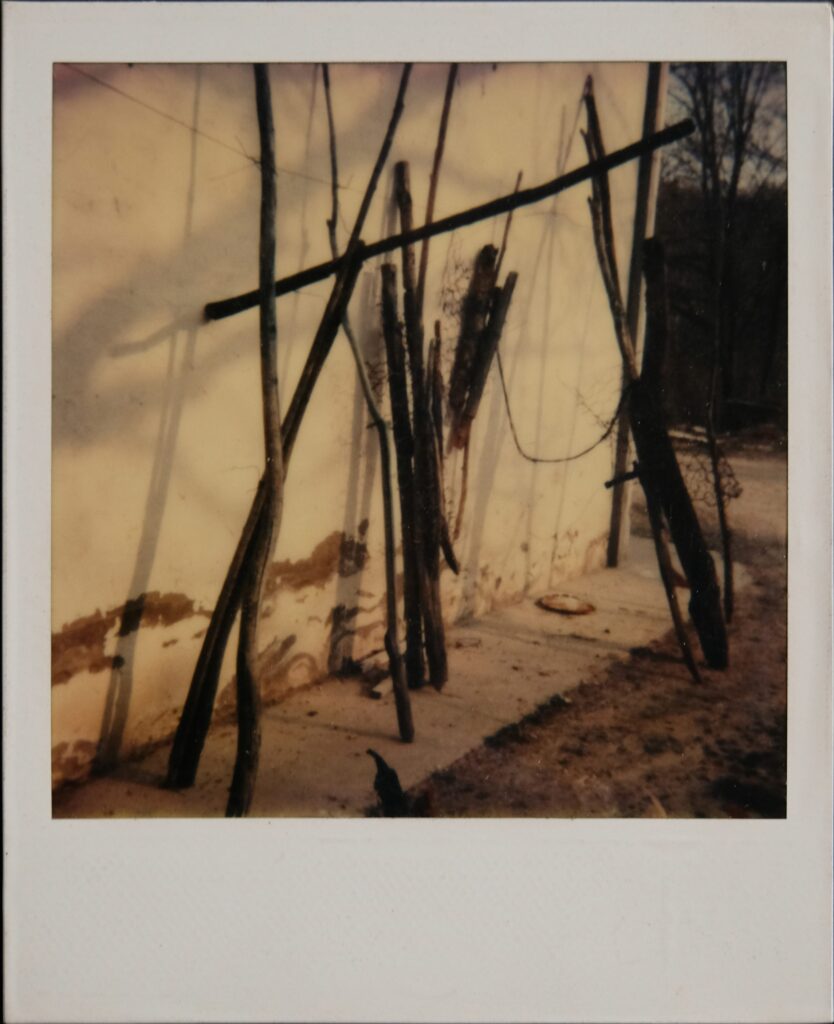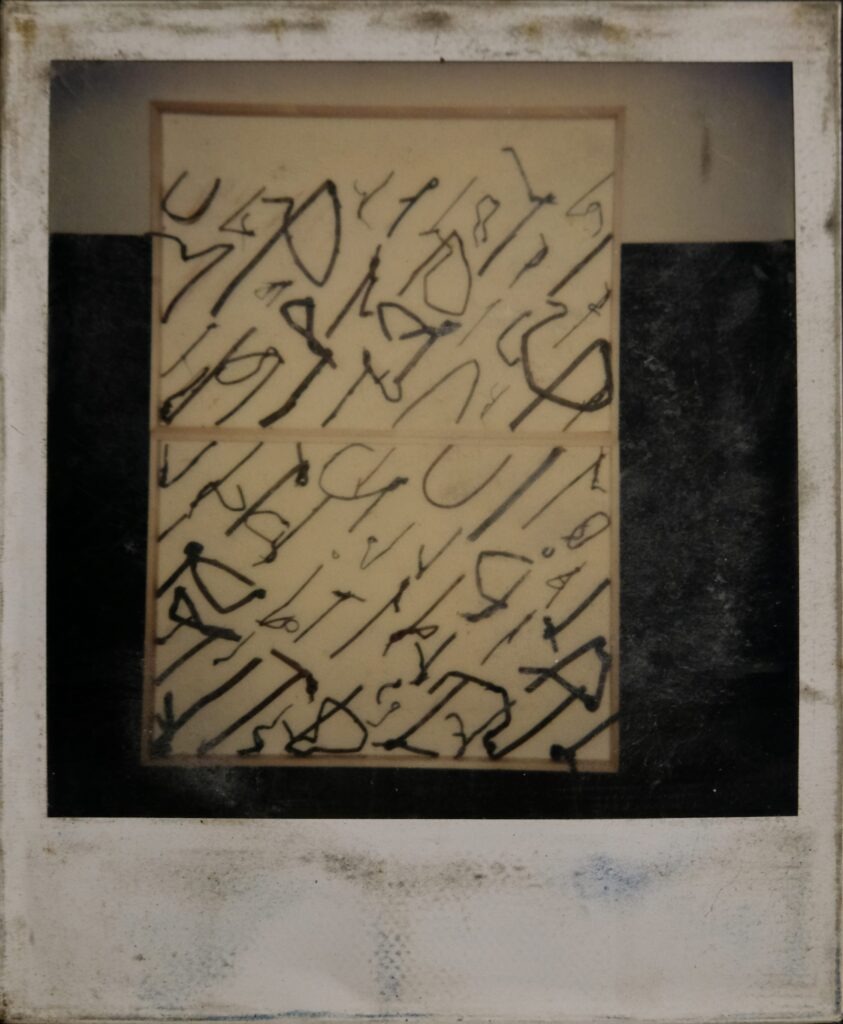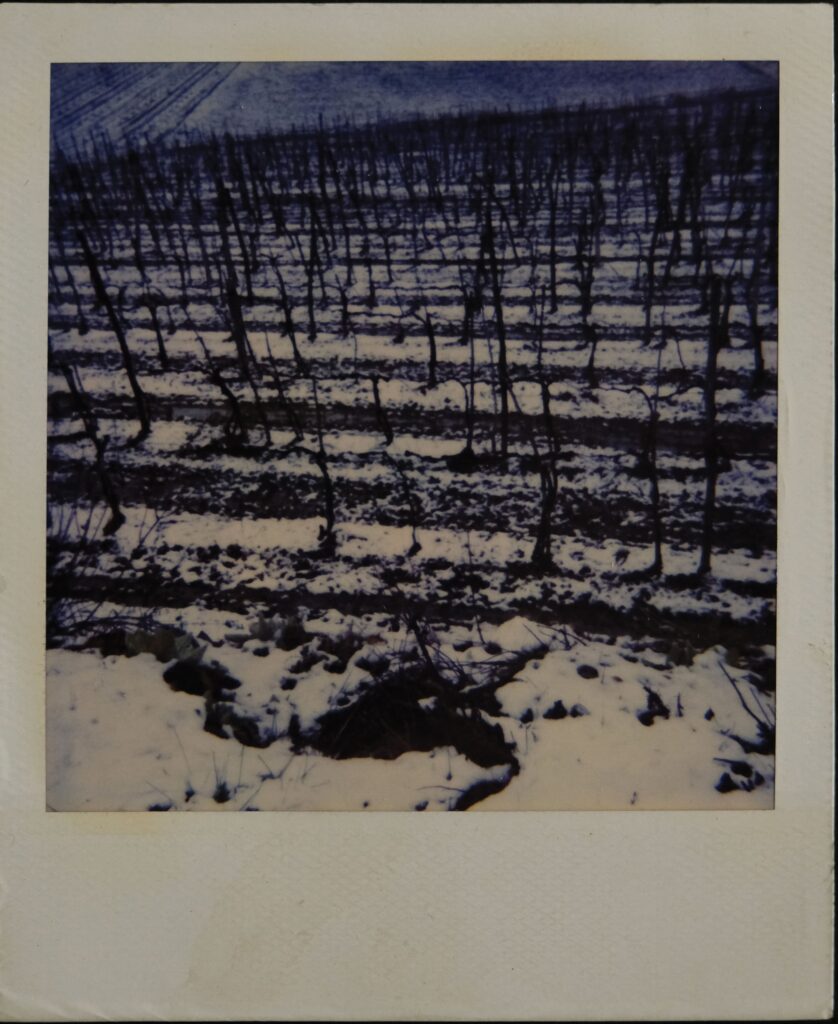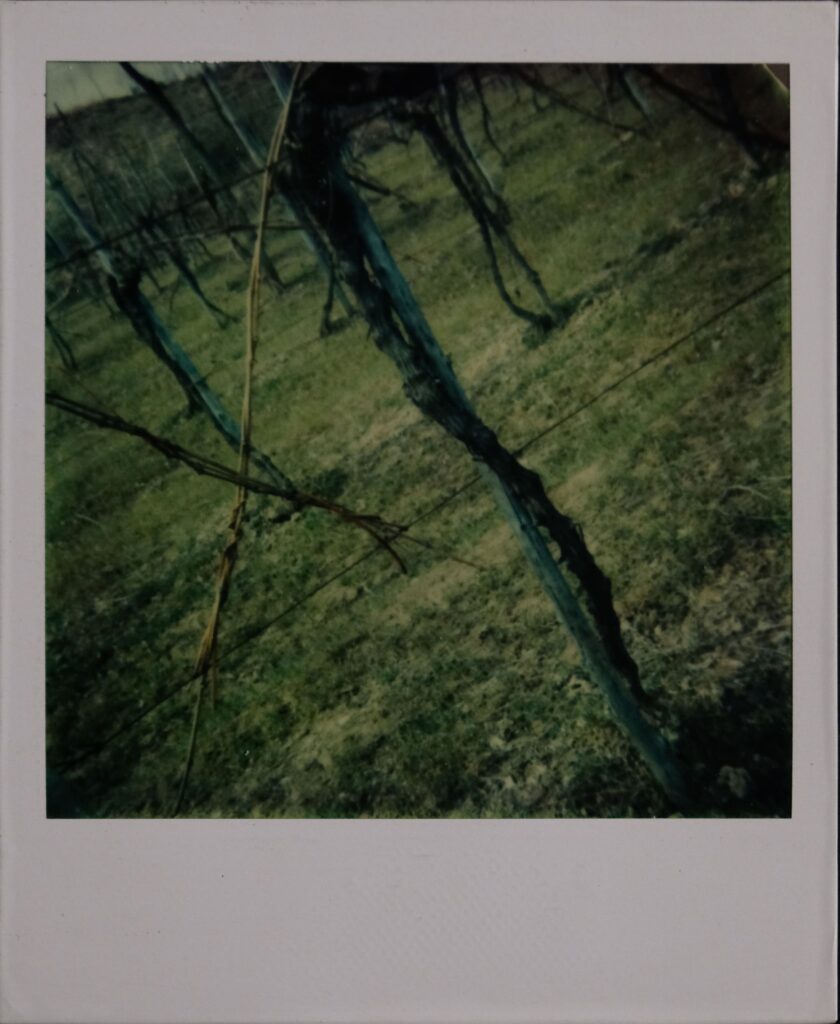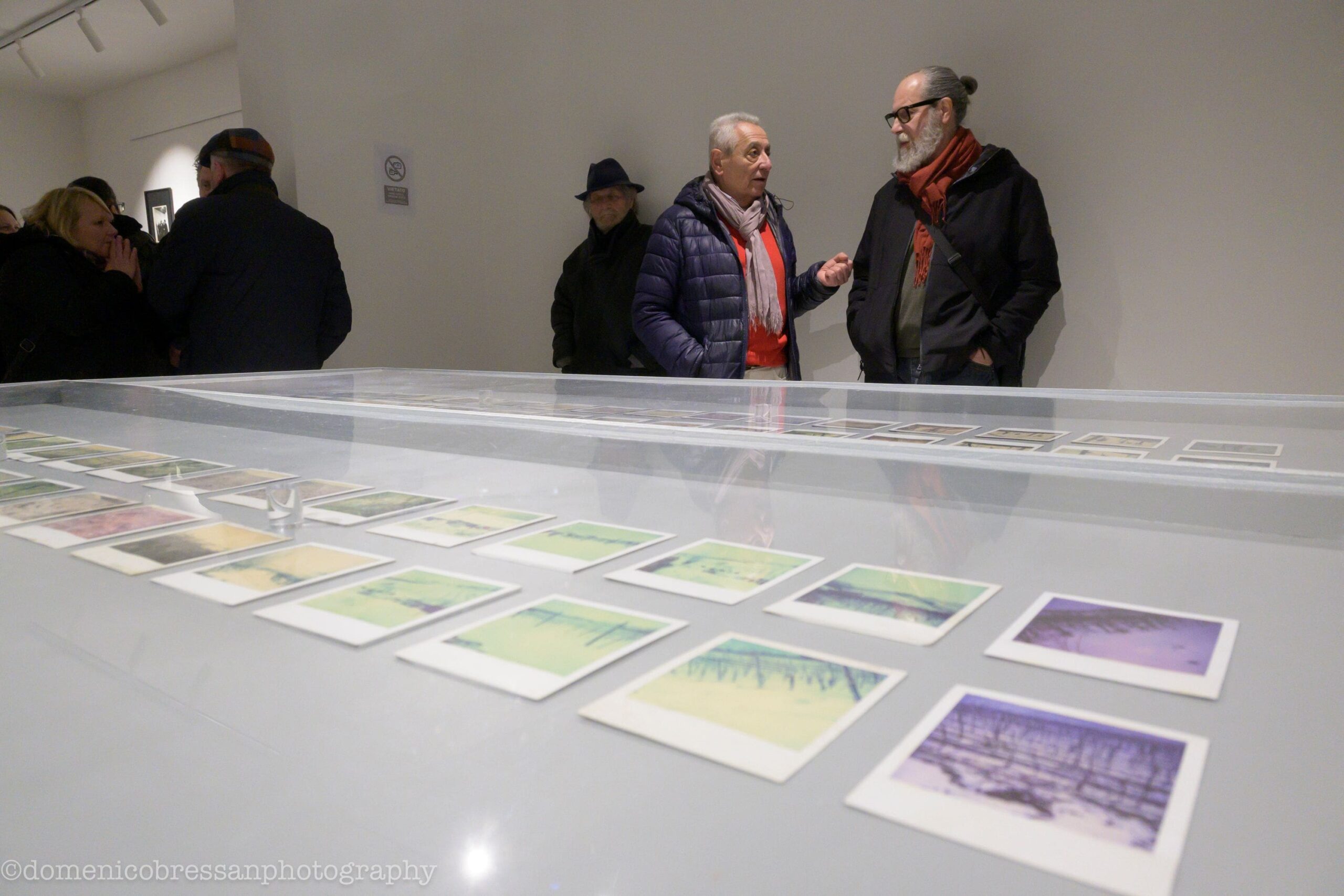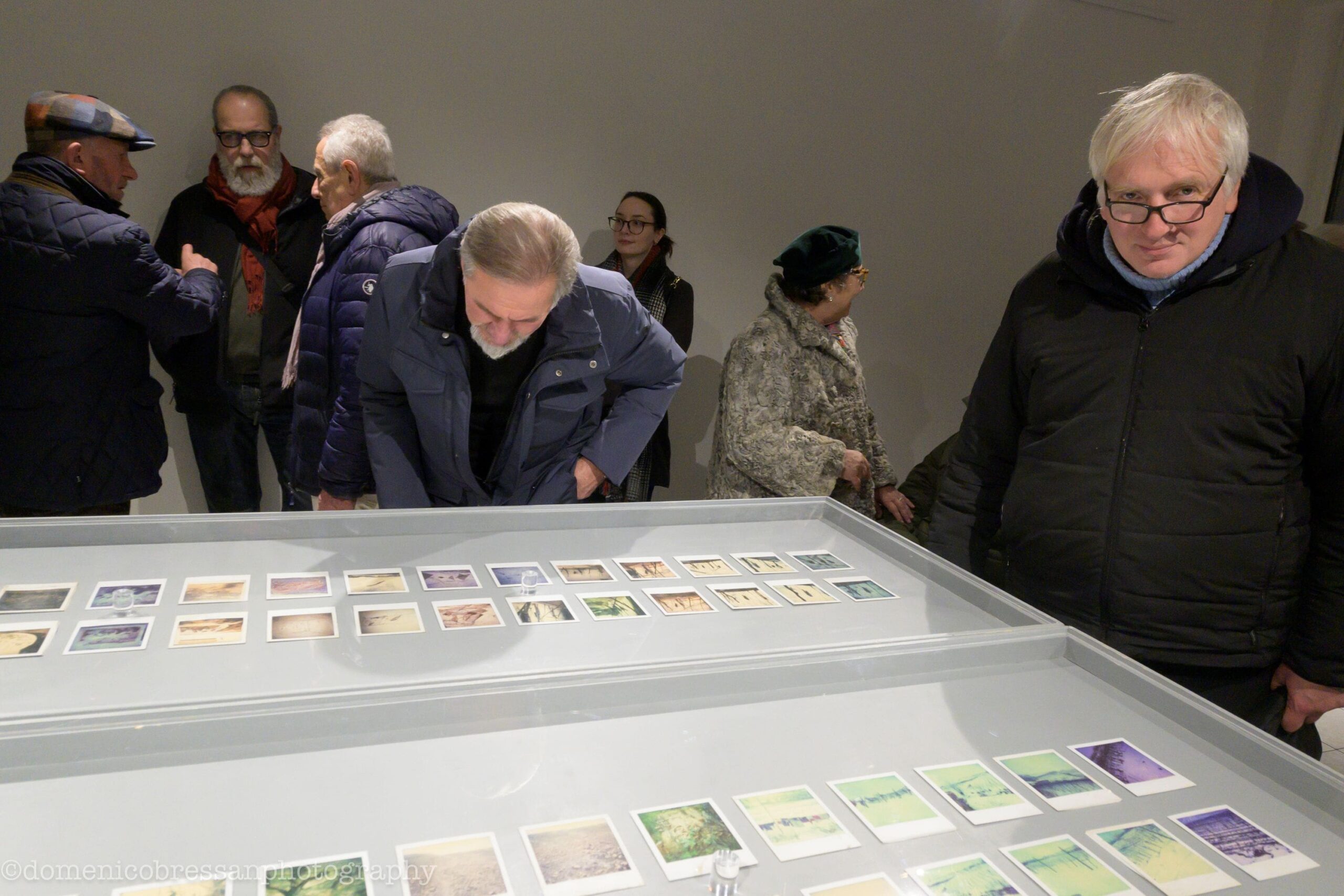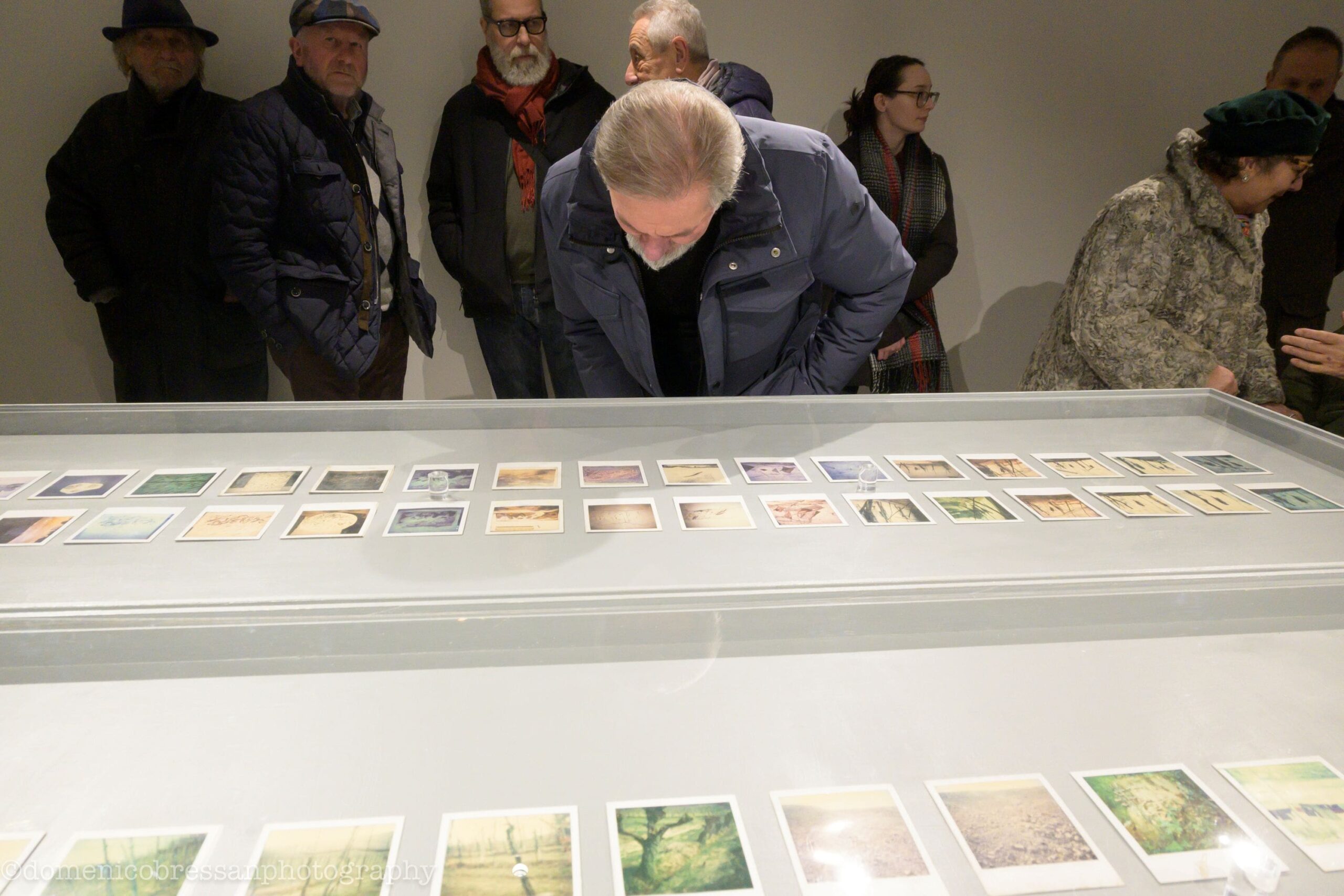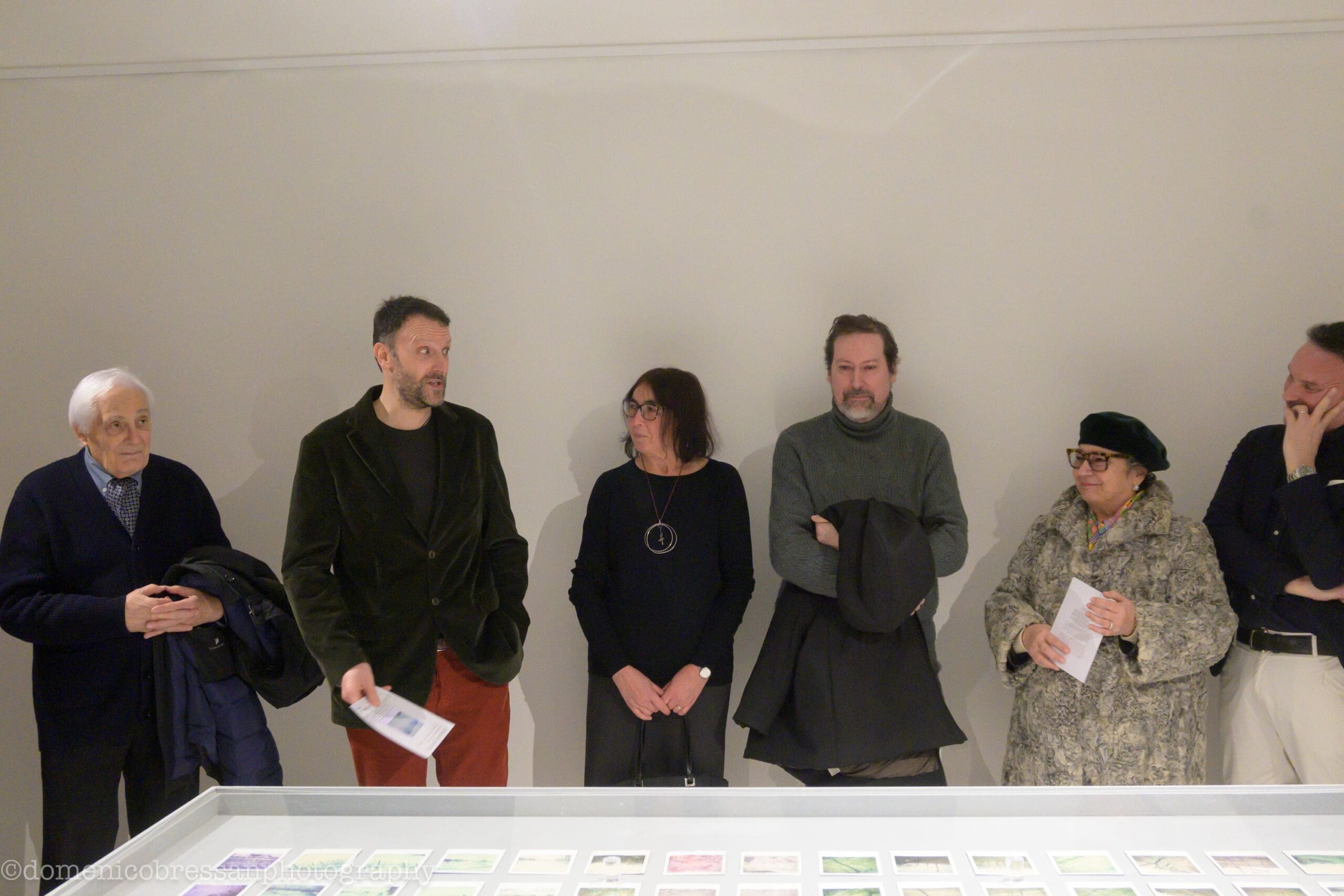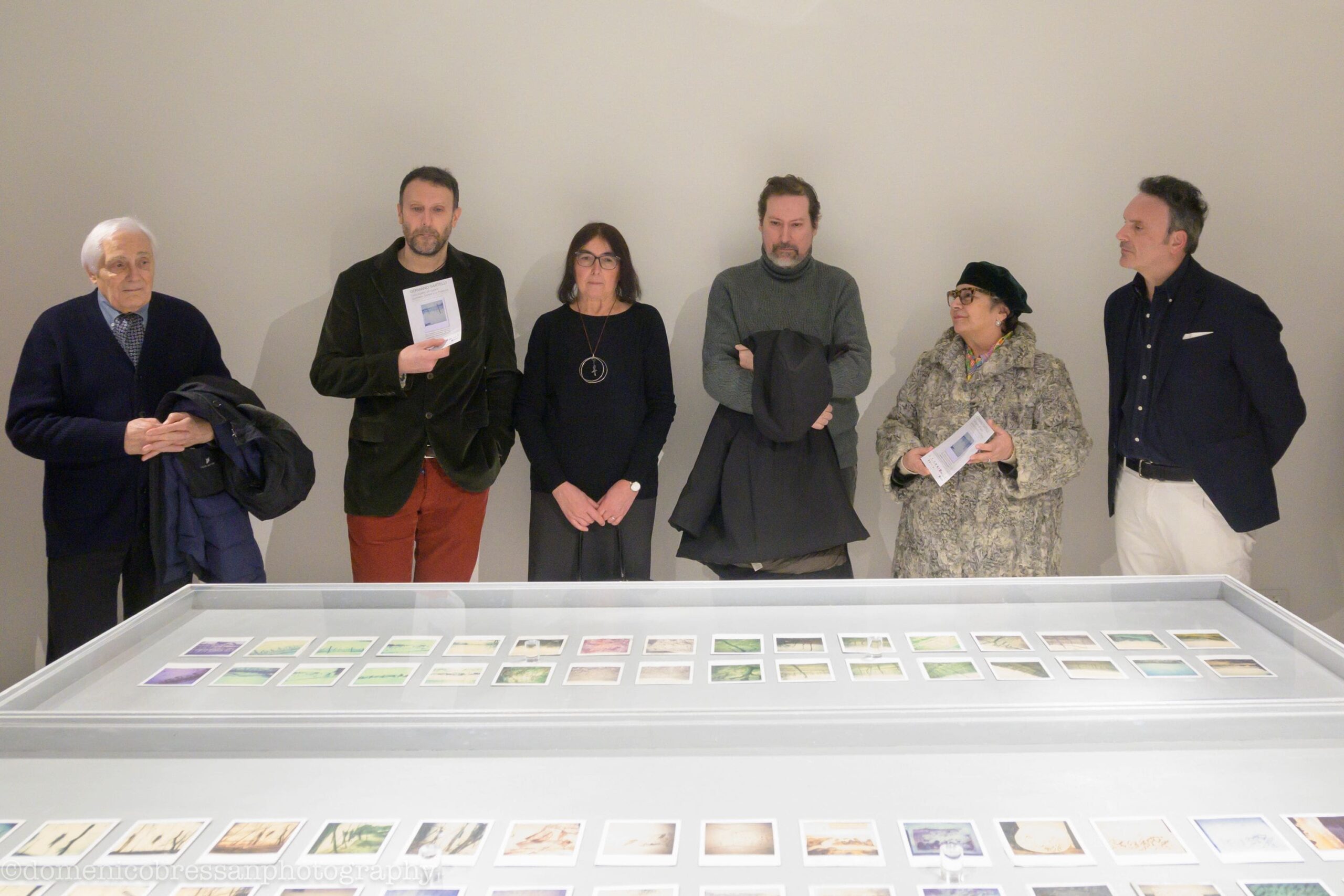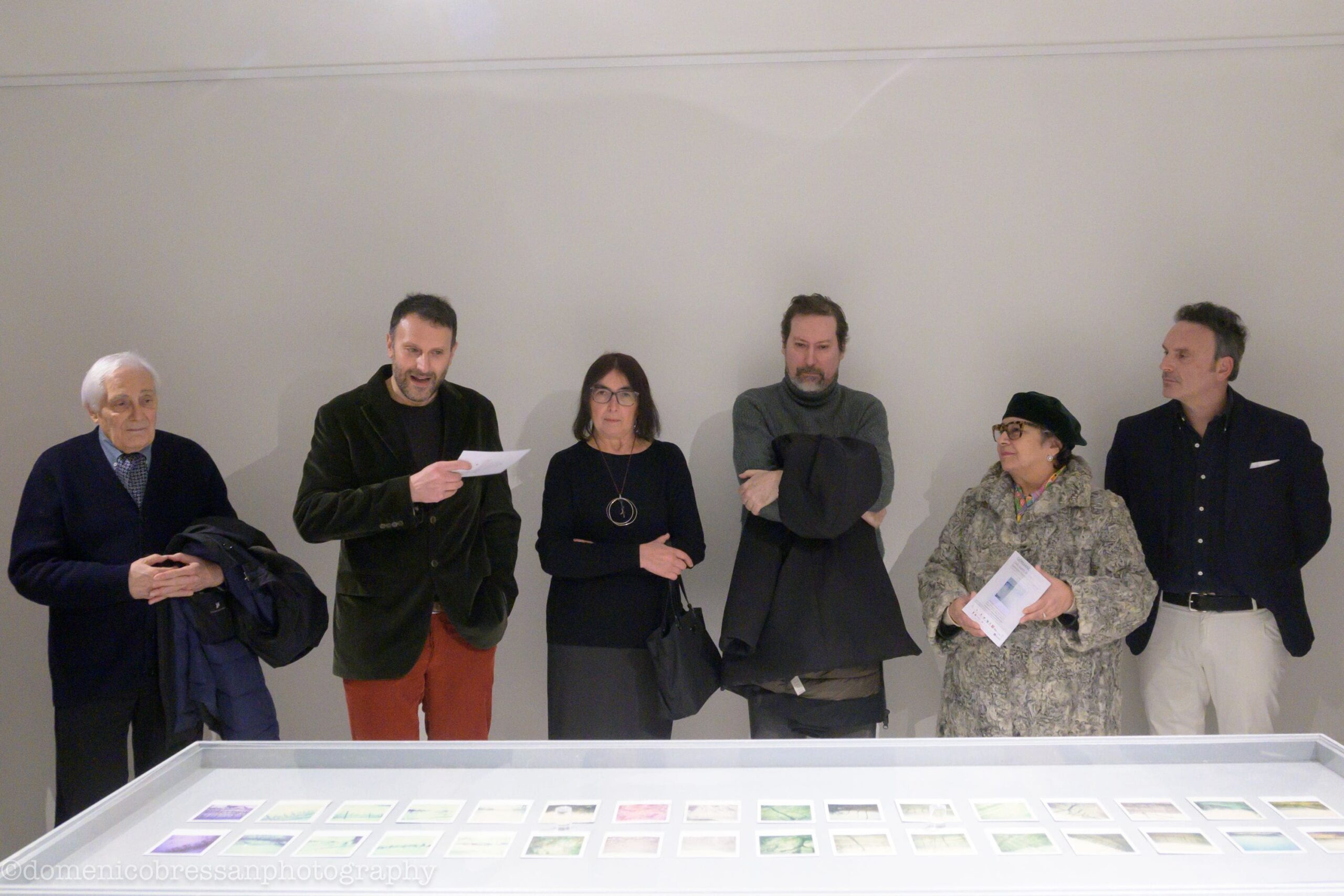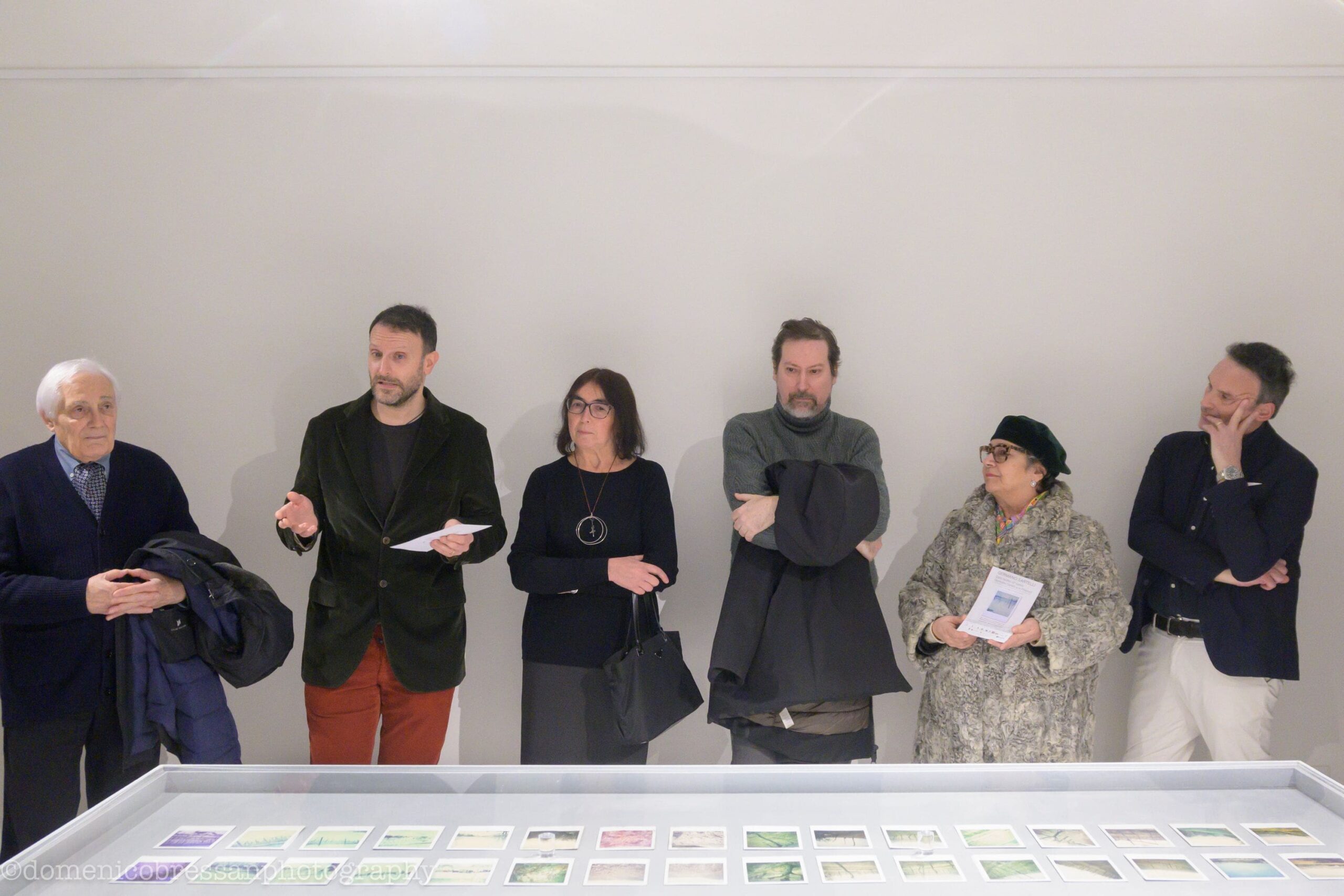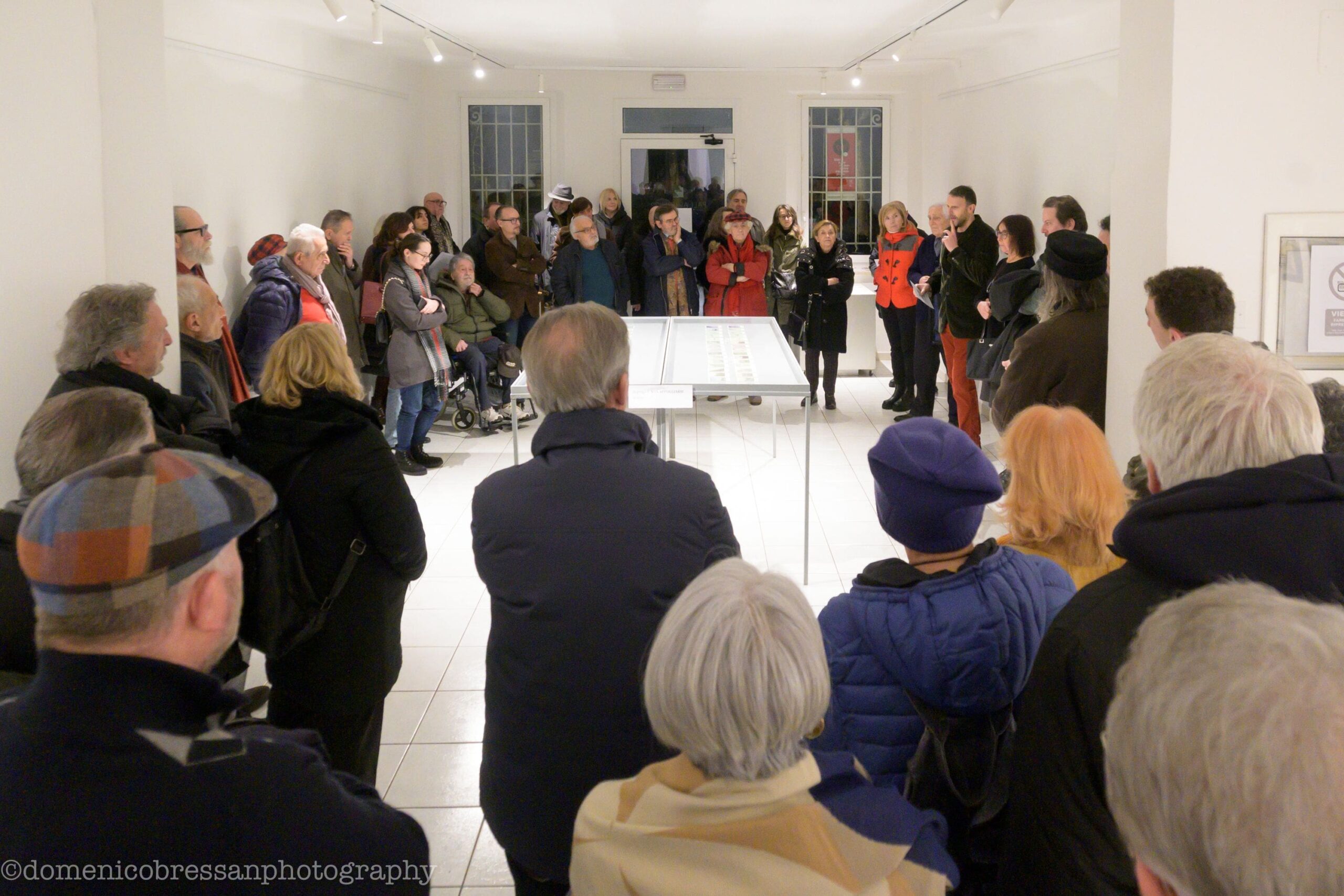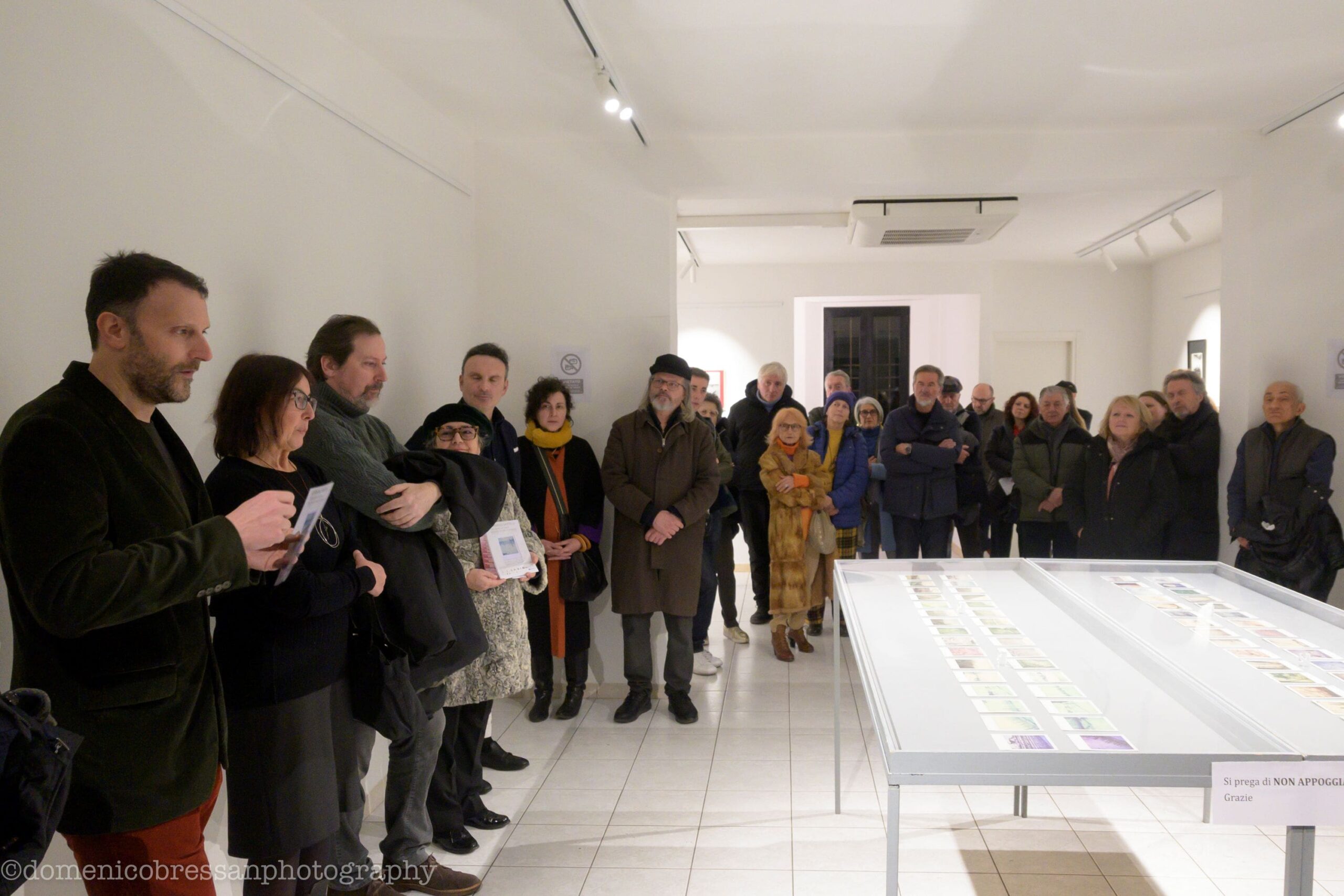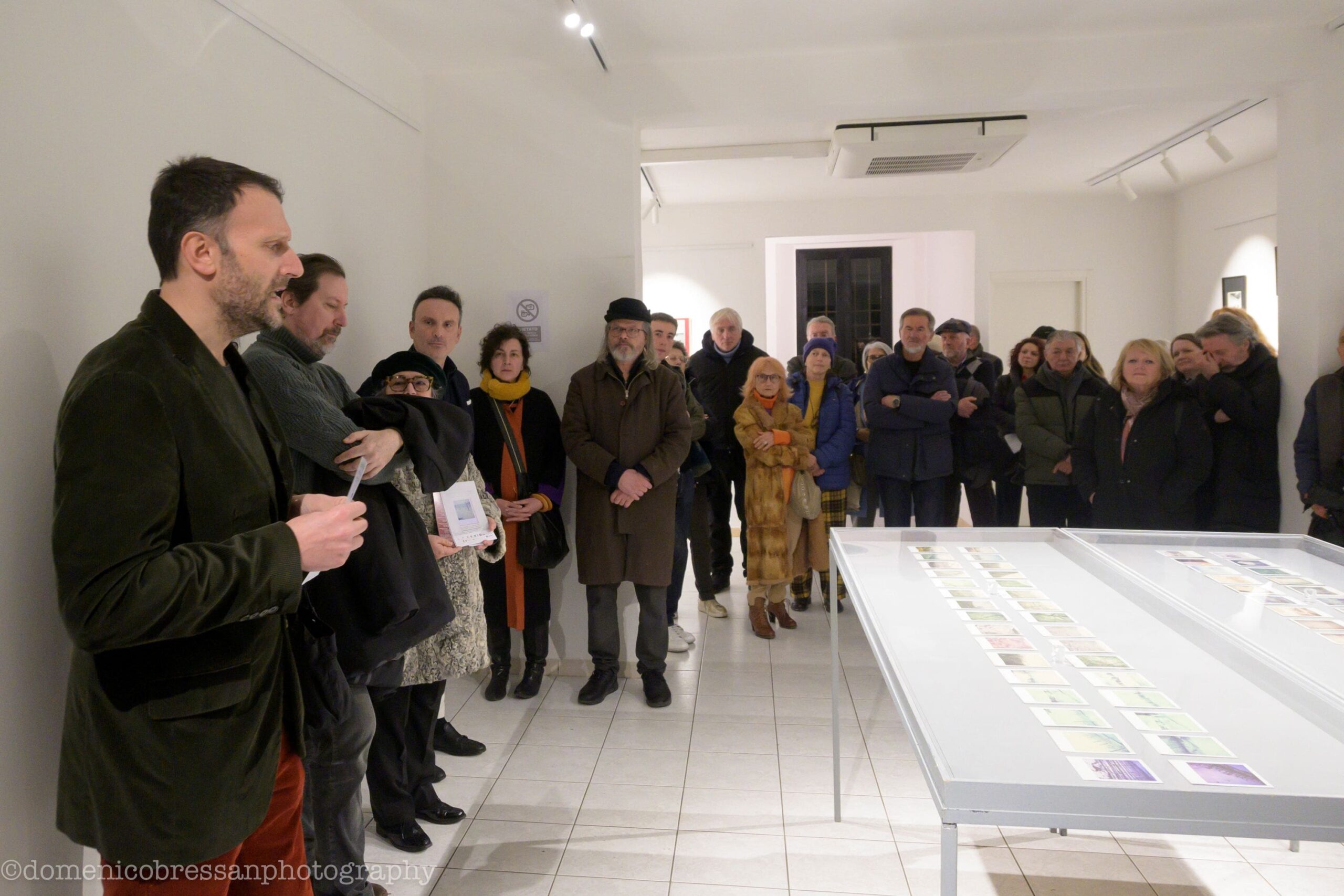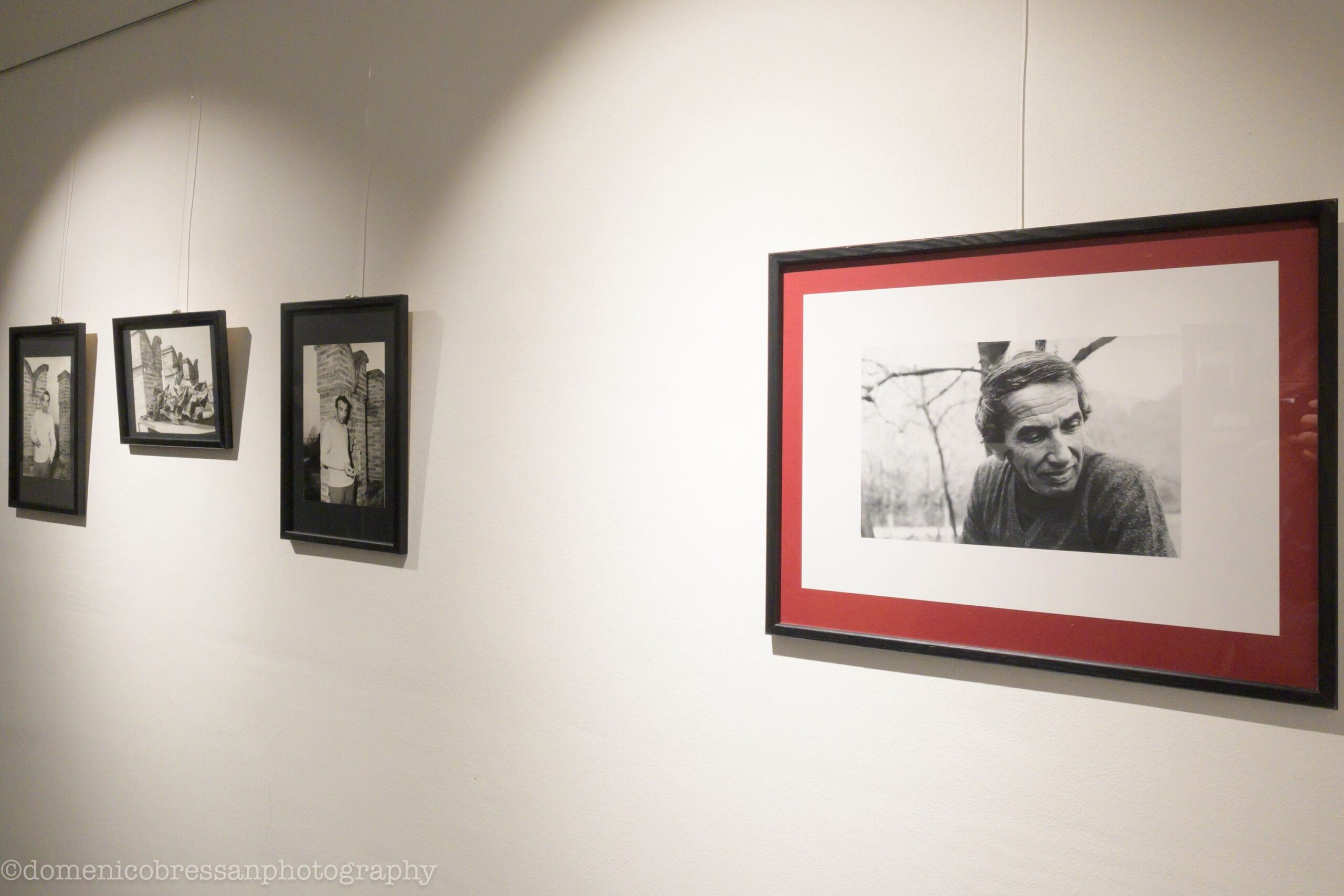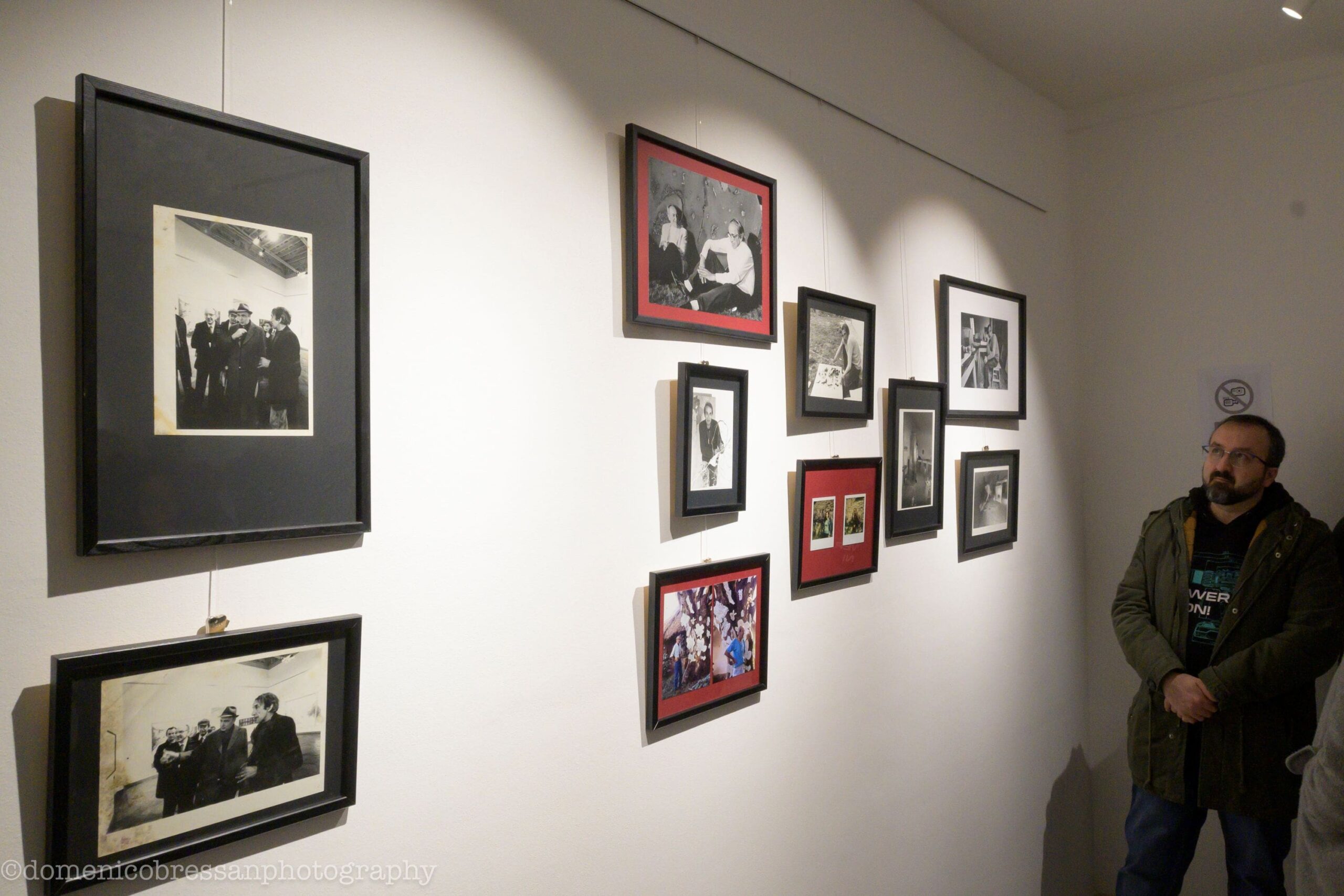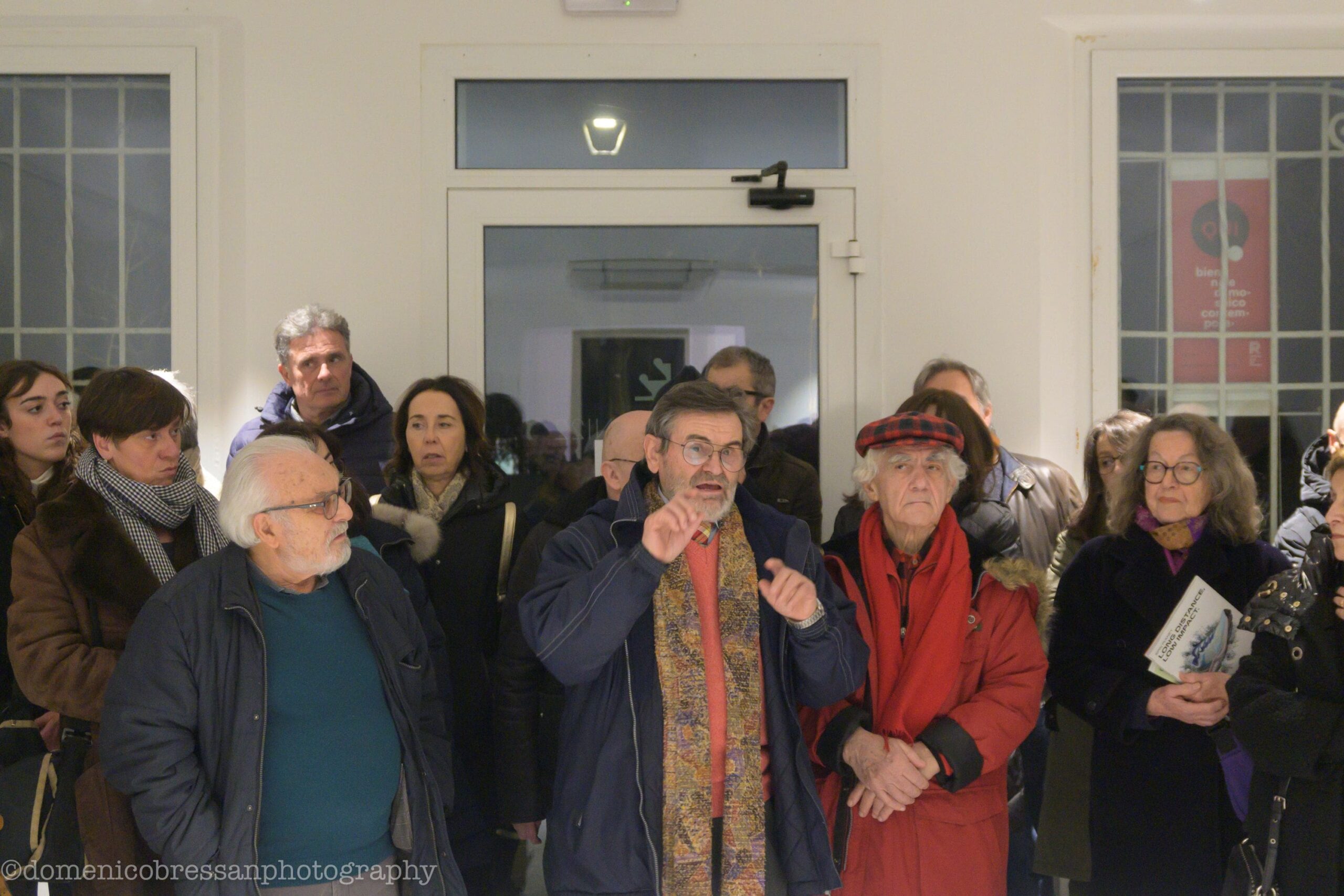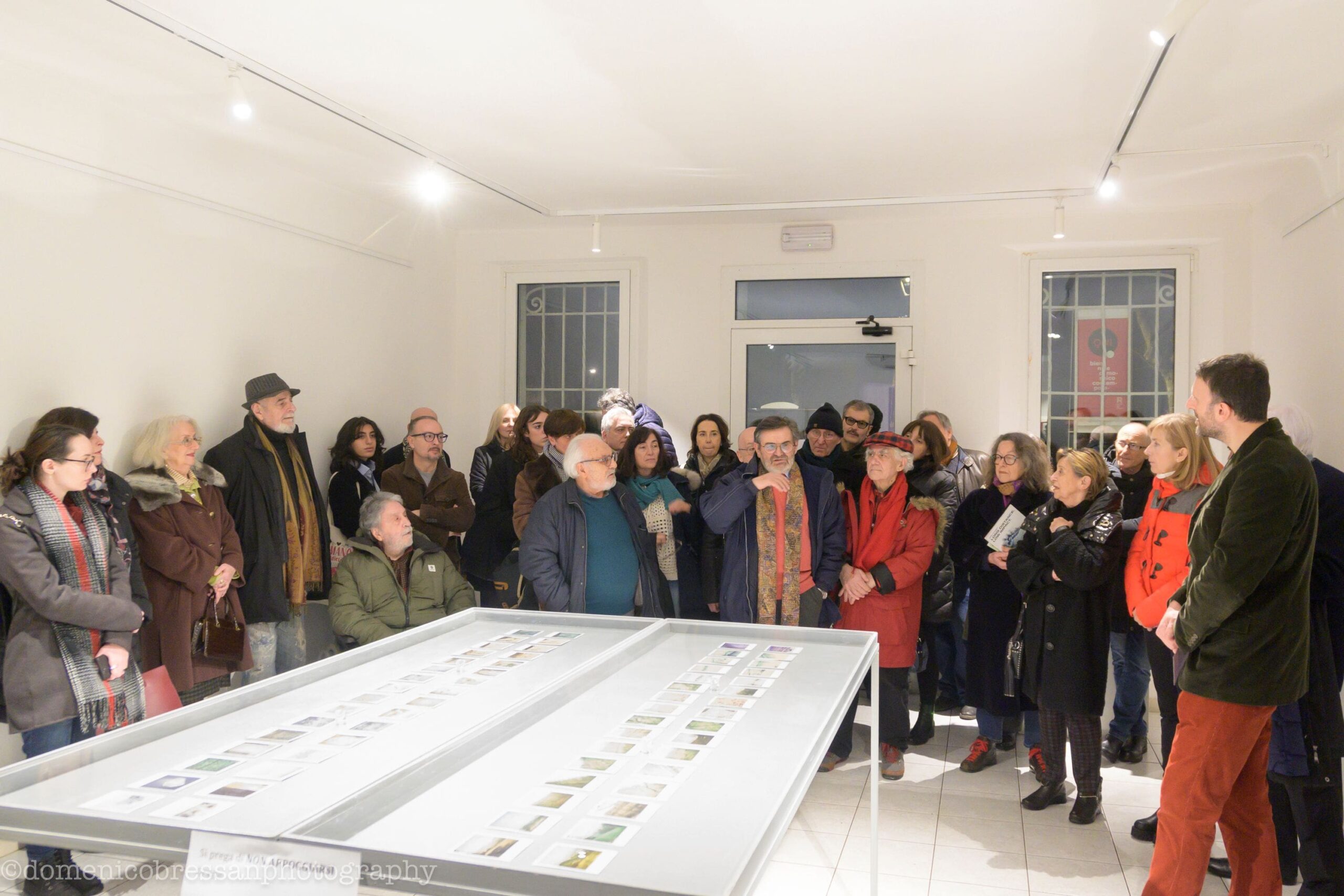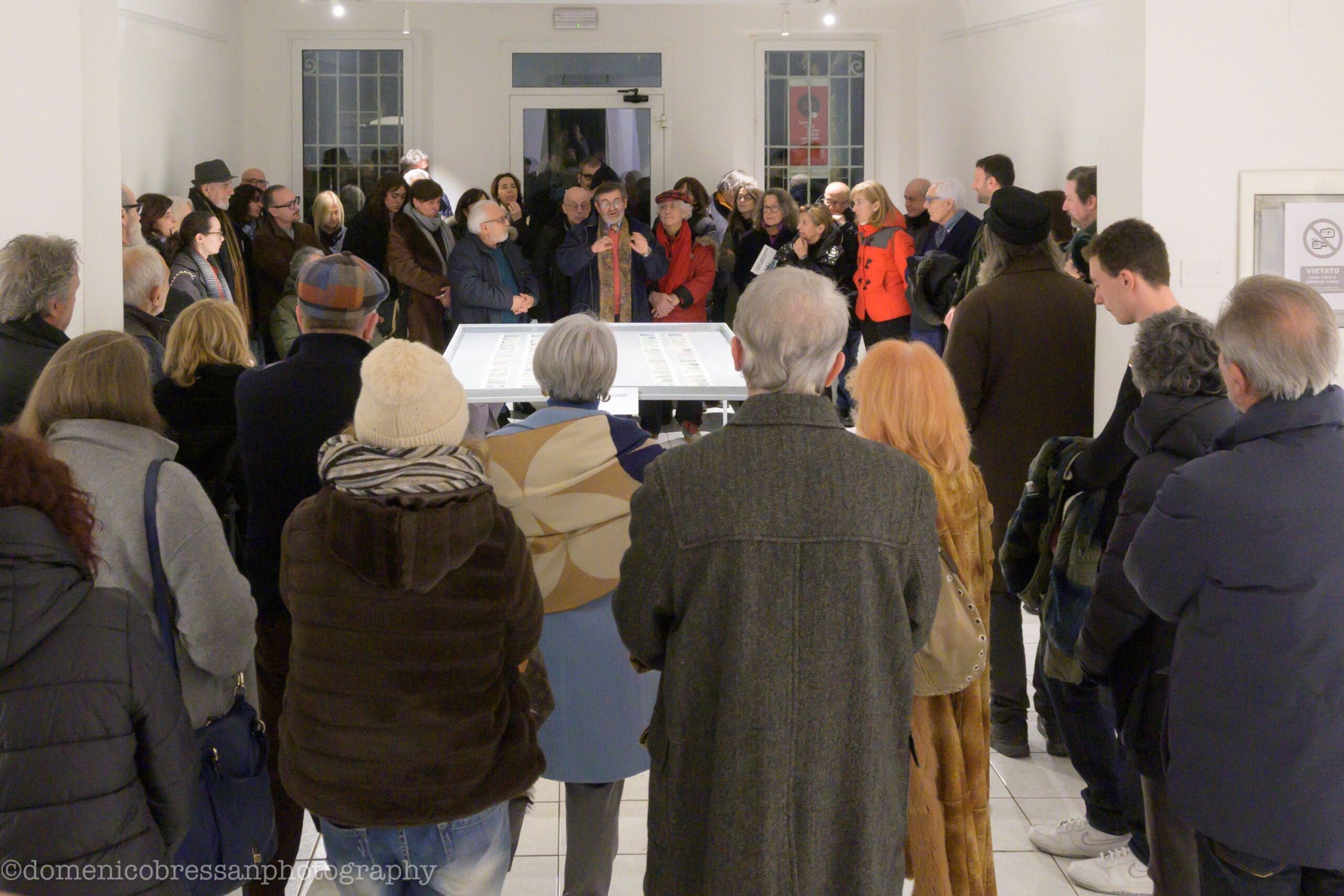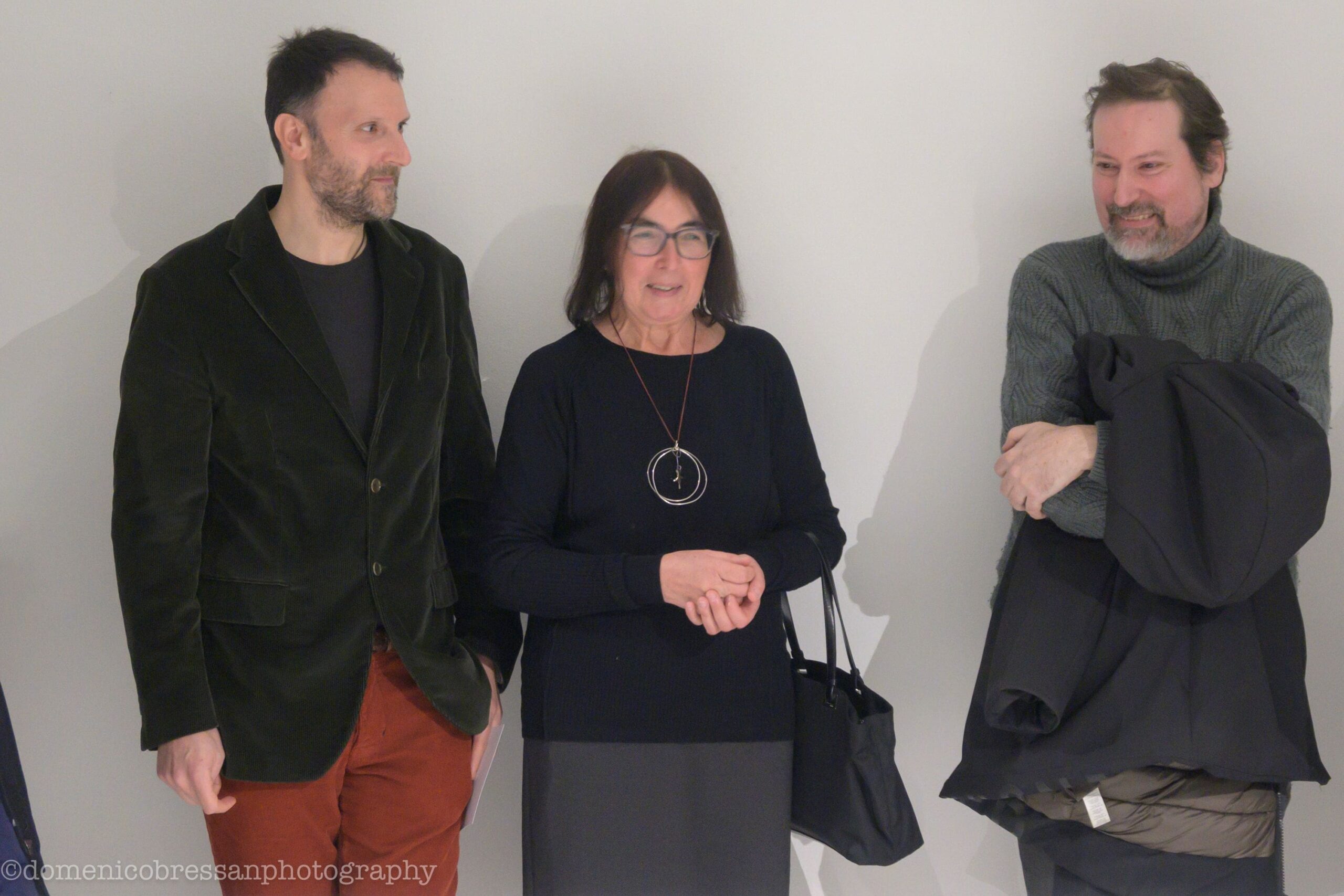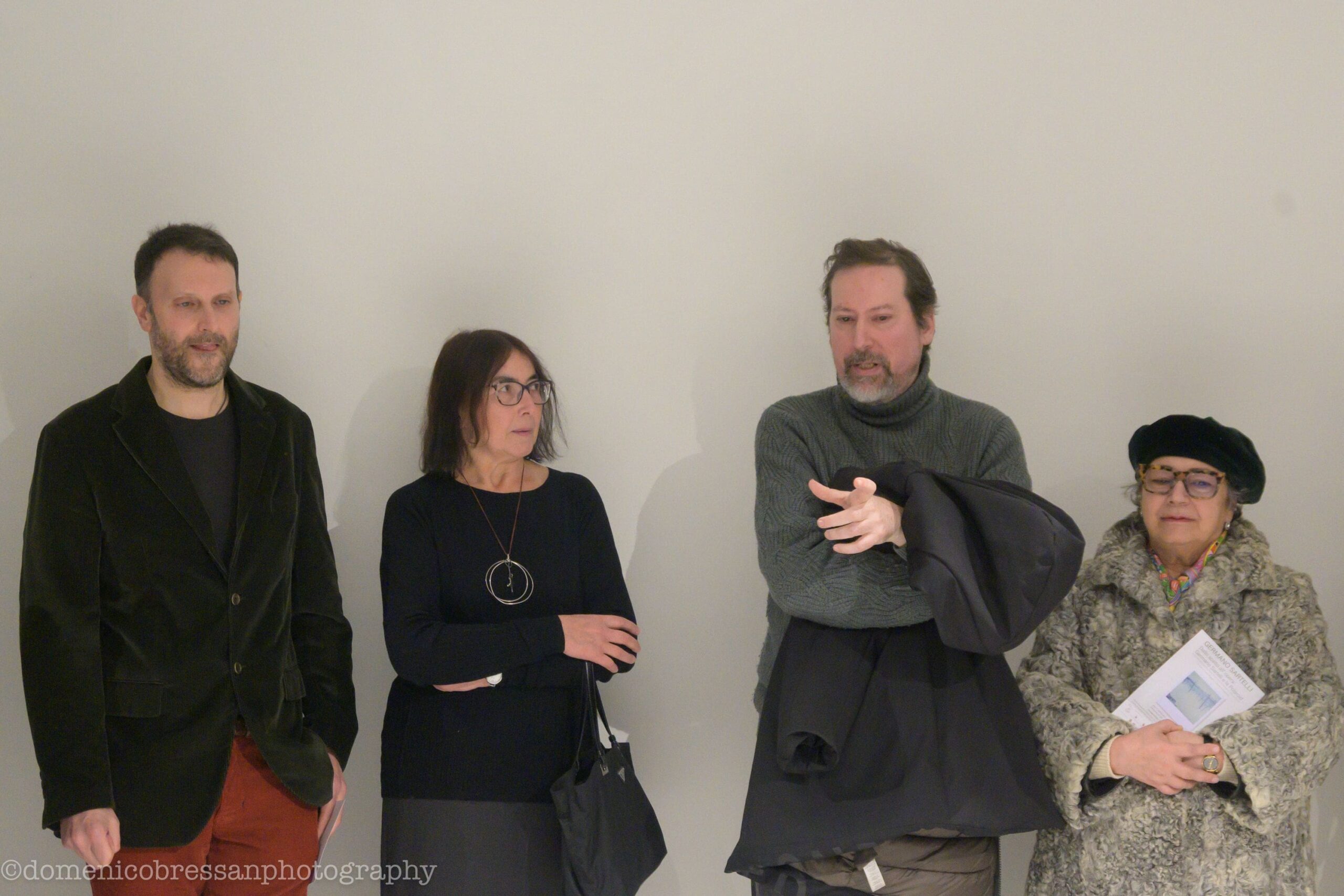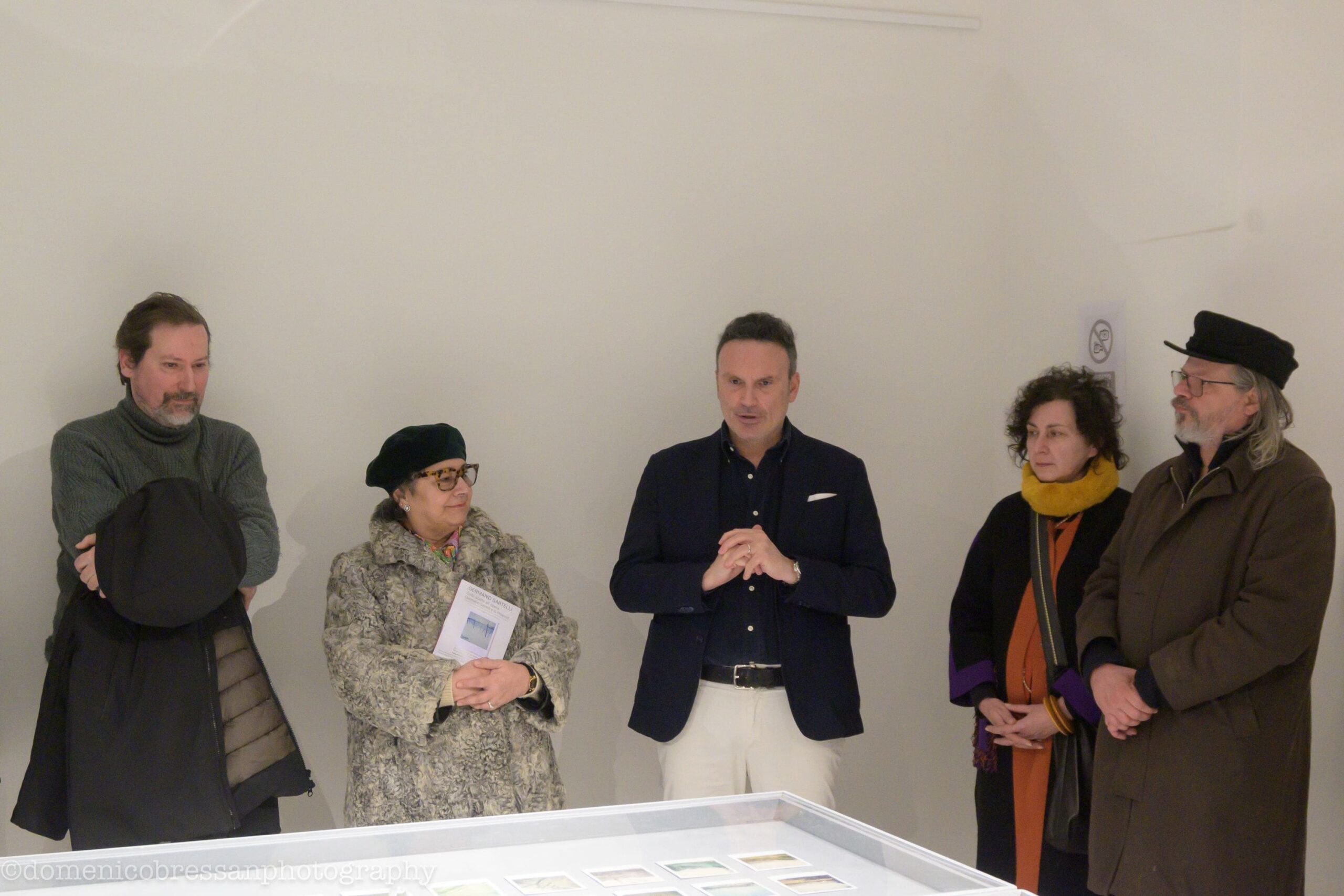GERMANO SARTELLI
Dallo scatto all' opera: Germano Sartelli e la Polaroid
from 1 to 22 February 2025
The Exhibition
Germano Sartelli (Imola, 1925-2014) was one of the greatest, most atypical and innovative artists of the second half of the 20th century in Italy. In 2025, on January 31, the centenary of his birth will be celebrated, a celebratory occasion to which the CARP association is participating by dedicating to him, in the spaces of the Pallavicini22 art gallery in Ravenna, the exhibition Dallo scatto all’opera. Germano Sartelli e la Polaroid, curated by Luca Maggio and Roberto Pagnani starting from an idea by his daughter Marzia. Here, she wanted to exhibit for the first time the unpublished snapshots taken over decades by her father with the Polaroid of which he was an avid and enthusiastic user since the early 1970s, perhaps for the sense and desire for immediacy that the instant camera was able to give him, catching the center of the natural detail or of the artistic work framed and captured by the artist from time to time.
The Artist
His first artistic experiments began in the Romagna town, conducted through an isolated and patient apprenticeship. In the first post-war period he came into contact with the artistic and cultural environment of Bologna. In 1958 he exhibited for the first time in the Emilian capital, at the Circolo di Cultura, presented by Maurizio Calvesi who, together with Andrea Emiliani, remained one of his most faithful exegetes. From the 1950s to the 1980s he taught painting in the atelier of the “Luigi Lolli” Psychiatric Hospital in Imola. In 1954 in Rome, at the Besso Foundation, he coordinated and organized the first Italian exhibition of works by the patients of the Imola Psychiatric Hospital.
The exhibition, which aroused great interest in both the artistic and clinical medical fields, was reviewed with a large echo in the national press. In 1962 he was awarded the prize for sculpture by the Ministry of Public Education and, two years later, he was invited by Maurizio Calvesi, Afro Basaldella, Lucio Fontana and Cesare Gnudi to participate in the XXXII Venice Biennale. During these years he kept his studio-workshop in the Rocca di Imola. His artistic research, in continuous evolution, is characterized by a specific and constant work of experimentation on various materials. The first sculptures are in wood and iron, followed from the mid-50s onwards by rags, rusty metal wires, cigarette butts and papers. After 1960 it is the time for wicker, straw, cobwebs, logs. Again wood and iron, sheet metal and metals from the 70s onwards up to the most recent works of various formats: small and large. Saltelli's pictorial and sculptural production has been presented in numerous solo exhibitions and in many collective exhibitions. His work has been covered, among others: Calvesi, Emiliani, Castagnoli, Spadoni, Cerritelli, Daolio, Trento.
Biography taken from the Galleria de’ Foscherari website
